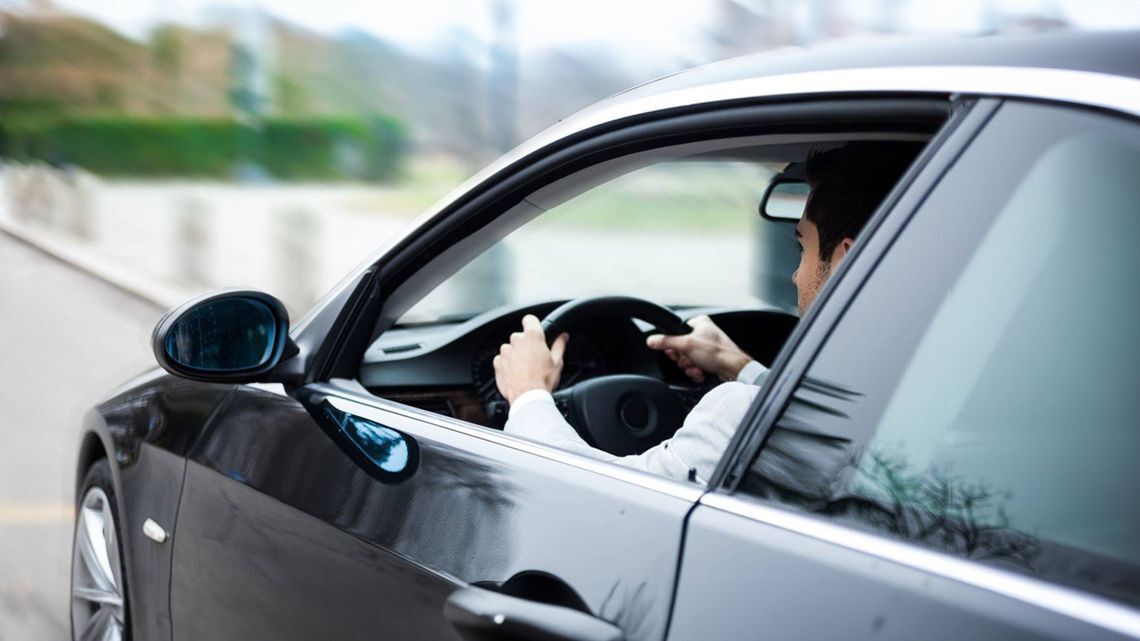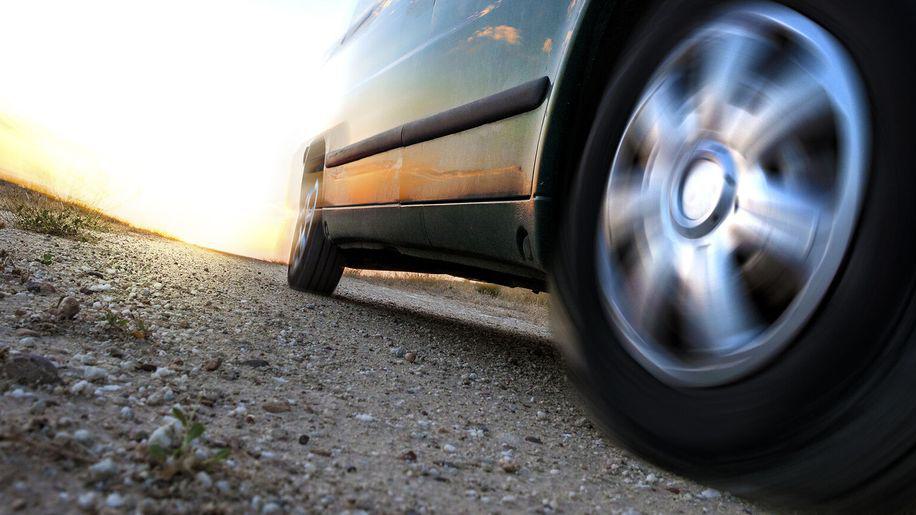What is fuel economy?
Calculating how far your car can go on a full tank isn’t as simple as it might seem. Two vehicles can start with the same amount of fuel and drive the same distance, but their fuel consumption upon arrival may be significantly different due to numerous factors. This is quantified in miles per gallon (mpg), which equates to approximately 4.55 litres of fuel. The higher the mpg number, the more efficient a vehicle is.
Not only does a car start off with an mpg rating, the distance your vehicle can travel varies depending on other factors such as driving style, tyres and terrain. This is why we often use the phrase “fuel economy” in terms of how the engine’s use of its fuel can be optimised.
How to lower fuel consumption: understanding vehicles
Understanding what cars consume the most and why is key to knowing how to improve fuel efficiency. As a general rule, the larger and heavier a car, the more fuel it will consume. Why?
This is down in part to a tyre’s rolling resistance. The energy needed to push your car from a standstill on a flat surface is only due to the rolling resistance of the tyres. The heavier your car, the harder you have to push, which means more energy required. But, if your car has low rolling resistance tyres, the less you will have to push.
So a simple solution for how to saving fuel is to opt for a smaller, lighter vehicle. Or to make sure you only take onboard what you need!
How to improve the fuel economy of your car
Clearly, changing one’s vehicle is not a solution for everybody. And some people don’t have the luxury of being able to compromise on car size — those with large families or equipment to transport, for example. So let’s look at how to make a full tank go further with these better MPG.
- Tyre pressure
A major factor that many don’t consider when it comes to how to improve their fuel economy is the tyre choice and pressure. Tyres that don’t have the correct air pressure levels could be a source of unnecessary energy waste, so remember to check your tyre pressure regularly for optimal performance. It is also important for your safety.
- Maintenance
Regular maintenance on your vehicle will ensure all the parts are functioning well and smoothly — thereby optimizing the fuel’s movement around the vehicle and preventing unnecessary energy waste. For example, making sure your engine is on tune or fixing a faulty oxygen sensor can really make a difference on mileage.
- Lighten the car
To saving fuel, ensure you aren’t weighing the car down with unnecessary baggage which will cause more pressure on the tyres and require more energy to overcome the rolling resistance. Check the boot: this toolkit you occasionally take to your parents’ house is an example of what doesn’t need to stay in your car every day.
- Reduce drag
Most cars these days are designed with curving aerodynamic lines that help the vehicle move smoothly through the air. The more you can reduce air resistance (drag), the more you can saving fuel. So if you’ve installed a roof box or bike rack, consider removing it until needed.
- Plan journeys
For how to improve fuel efficiency before even turning on the engine, plan ahead to avoid traffic and get optimised travel routes with a GPS device or mobile app. The more you can avoid sudden braking, stops and starts, and keeping your engine running in traffic, the more miles you’ll get per gallon.
- Air conditioning
Warming or cooling your car uses up energy. So before you turn up the heating another notch, consider whether you could be just as comfortable in a light jumper instead. Likewise with heated seats, the demister and other fuel-hungry appliances. Save heat to saving fuel.
3 tips to improve fuel economy and increase gas mileage | Michelin Garage
Which are the best tyres for fuel consumption?
There remains one tyre that currently stands out from its segment in terms of low rolling resistance: the MICHELIN e·PRIMACY tyre. Innovative technology also means that this tyre is both economical (offers you more miles per gallon) but is also a more sustainable gesture.
Cyrille Roget, Science and Innovation Communications Director at Michelin, explains that the energy lost through tyres — the rolling resistance we learnt about earlier — can represent 20% of the fuel consumption a combustion powered car. “The right tyre can really help you save money." With the new MICHELIN e·PRIMACY tyre, with the lowest rolling resistance in its category*, the customer can saving fuel. ”Concretely, according to certified tests, the MICHELIN e·PRIMACY’s low rolling resistance means that drivers save around 0.21 litres fuel per 100 kilometres and around 80 € over the life of the tyre”*.
This fuel efficiency has earned the MICHELIN e·PRIMACY an A in European tyre labelling categories.

How to use the EU tyre fuel efficiency rating to saving fuel?
The European Union introduced its first tyre labelling initiative in 2012. It gives some hints on the opportunities tyres offer when it comes to car fuel saving tips.
The current tyre label (updated in May 2021) adheres to the European Union’s latest Energy Labelling initiative, and displays a scale of A to E for rolling resistance (identified by a gas pump), where A is the highest and E the lowest in terms of performance. Choosing A class “fuel economy tyres”can significantly reduce your car’s fuel consumption.
You will also find other useful information on the tyre label:
- A scale for wet grip, also ranging from A to E.
- An icon of a loudspeaker to symbolize the level of external noise generated by the tyres in decibels (dB).
- Certain tyre labels indicate if they are designed for ice and/or severe snow.
- The labels will have an identifying QR code that the consumer can scan in order to quickly access further information about the tyre.
Driving advice: ways to make your car more fuel efficient when driving
Car fuel saving tips for trips! Whether a short errand or long journey, there are certain driving techniques that are key when it comes to how to improve fuel efficiency.
Globally, the more smoothly you drive, the further your fuel will go. This type of driving is known as eco-driving, not only because it is friendly to your wallet (economy) but also to the environment, as you will emit less CO₂ per kilometer.
By keeping your car in good condition, choosing the right tyres and adopting eco-driving habits, you can lower fuel consumption, cut CO₂ emission and get the most mileage from your vehicle!
Other related articles
Photo credits
Adene Sanchez / Getty
Florent GIFFARD, TERMINAL 33 / Michelin
DR / European Commission
Legal mentions
* During usage, MICHELIN e·Primacy generates 1,5kg/t on average Rolling Resistance less than competitors, gain is equivalent of up to 80€ savings on fuel. This gain is equivalent of up to 174kg of C02 saved. Usage gains are estimated on the average of new and buffed 2mm data to take into account real life time performance -All gains are estimated on a base of 35 000km and a fuel price of 1.46€/L (https://ec.europa.eu/energy/data-analysis/weekly-oil-bulletin_en 6/1/2020 weighted on the top 10 countries for motor vehicle movements on national and foreign territory - https://ec.europa.eu/ eurostat/web/transport/data/database). Actual fuel and cost savings may vary depending notably on driving habits, vehicle or tire pressure.


